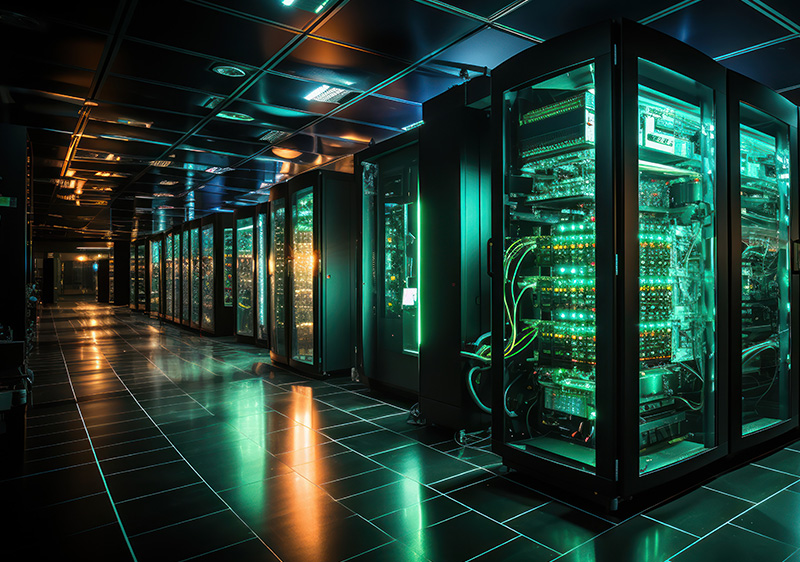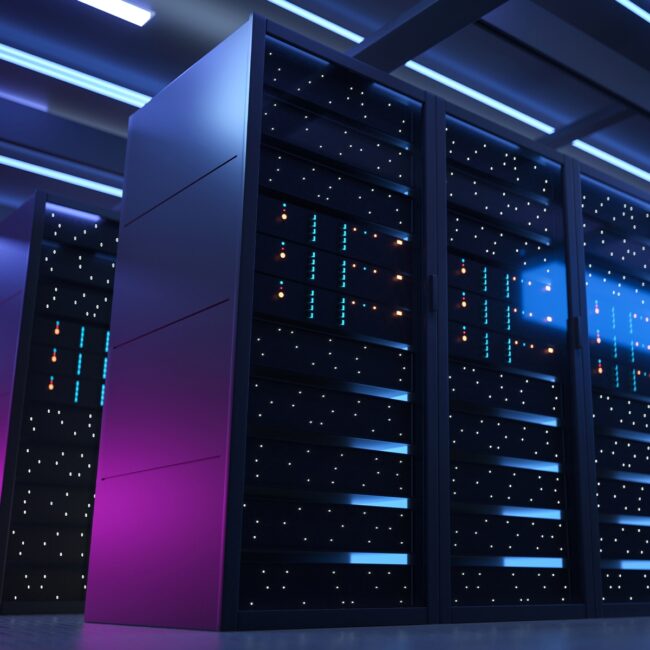The Data Center Design in shapes how businesses store, process, and access their critical data. It involves a meticulous approach to planning the physical and virtual components that ensure high performance, energy efficiency, and security. From cooling systems to network architecture, every detail plays a role in optimizing functionality and reducing downtime. Effective design not only meets current organizational needs but also anticipates future demands, enabling scalability and cost-efficiency. In this article, we’ll explore the key elements, standards, and best practices that define a reliable and efficient data center design.
Data Center Design Summary
Here’s a table summarizing the key aspects of data center in design based on the provided text:
| Category | Key Aspects | Importance |
|---|---|---|
| Definition | Planning and structuring a facility housing computing systems, storage, and networking equipment. Encompasses architectural layouts, power distribution, cooling, network connectivity, and security. Considers both physical and virtual components. Aligns with IT strategy and accommodates future growth. | Ensures operational accuracy, reliability, and scalability. time |
What is Data Center Design?
Data center design refers to the planning and structuring of a facility that houses computing systems, storage, and networking equipment essential for data processing and storage. It encompasses architectural layouts, power distribution, cooling systems, network connectivity, and security protocols to ensure operational accuracy, reliability, and scalability.
The design process considers both physical components, such as server racks and cabling, and virtual aspects, like software systems for monitoring and management. A robust data center design aligns with the organization’s IT strategy and is tailored to meet current demands while accommodating future growth.
Why is Data Center Design Important?
A well-thought-out data center design ensures optimal performance, energy efficiency, and cost savings. Poorly designed facilities can lead to increased downtime, higher operational expenses, and system inefficiencies.
Proper design enhances:
- Reliability: Minimizing the risk of system failures with redundancies in power, cooling, and connectivity.
- Scalability: Allowing for future expansion without significant overhauls.
- Energy Efficiency: Reducing energy consumption with efficient cooling and power management.
- Security: Protecting critical data from physical and cyber threats.
A sound design is crucial for industries like healthcare, finance, and e-commerce, where uninterrupted data access is paramount.
Related article: What Is a Micro Data Center?
Key Data Center Components
To really understand the design of data center components, we should first know what they are. Data centers consist of several interconnected components critical to their operation:
- Power Infrastructure
- Uninterruptible Power Supplies (UPS): Provides backup power during outages.
- Generators: Ensure long-term power availability in case of grid failure.
- Cooling Systems
- CRAC (Computer Room Air Conditioning) units and liquid cooling systems prevent equipment from overheating.
- Network Infrastructure
- High-speed connectivity ensures seamless data transfer within the center and to external networks.
- Server Racks and Cabling
- Organized racks and structured cabling facilitate easy maintenance and upgrades.
- Security Measures
- Physical: Surveillance cameras, access controls, and biometric systems.
- Digital: Firewalls, intrusion detection, and encryption protocols.
- Monitoring Tools
- Software for real-time monitoring of performance, energy usage, and potential issues.
How to Design a Data Center
Designing a data center involves several critical steps:
- Assess Requirements: Understand the organization’s IT needs, including capacity, scalability, and redundancy.
- Select a Location: Choose a site with a reliable power supply, low disaster risk, and good connectivity options.
- Develop a Layout: Plan the arrangement of server racks, cooling systems, and power distribution to optimize space and airflow.
- Integrate Redundancy: Ensure systems like power and cooling have backups to maintain uptime.
- Consider Sustainability: Implement energy-efficient technologies, such as free cooling or renewable energy sources.
- Implement Security Protocols: Plan for both physical and digital security measures.
Read more: What is a Colocation Data Center?
Data Center Design Standards
Several standards guide data center design, ensuring reliability and compliance:
- Uptime Institute’s Tier Standards: Classifies data centers into four tiers based on redundancy and availability.
- TIA-942: Covers cabling infrastructure, cooling, power, and physical security.
- ISO 27001: Focuses on information security management within data centers.
- LEED Certification: Highlights sustainable and energy-efficient building practices.
Adhering to these standards ensures that a data center meets industry benchmarks for performance and security.
Data Center Design Best Practices
To build an efficient and reliable data center, follow these best practices:
- Optimize Rack Placement:
- Arrange server racks in hot and cold aisle configurations to maximize airflow and cooling efficiency.
- Use Modular Design:
- Implement modular components, such as pre-built server pods, to simplify scaling.
- Implement Redundant Systems:
- Ensure critical systems like power and cooling have N+1 or 2N redundancy for reliability.
- Prioritize Cable Management:
- Use structured cabling to avoid clutter and simplify maintenance.
- Integrate DCIM (Data Center Infrastructure Management) Software:
- Monitor and manage infrastructure with real-time data for better decision-making.
- Adopt Green Solutions:
- Use renewable energy, high-efficiency cooling, and energy-saving equipment to reduce environmental impact.
Data Center Cooling Design Systems
Cooling is one of the most critical aspects of data center design, as equipment generates significant heat. Standard cooling systems include:
- Air-based Cooling:
- CRAC units regulate temperature and humidity.
- Hot and cold aisle containment directs airflow efficiently.
- Liquid Cooling:
- Direct-to-chip cooling and immersion cooling are effective for high-density systems.
- Free Cooling:
- Uses external air or water sources in cooler climates to reduce reliance on mechanical cooling.
- Geothermal Cooling:
- Employs underground temperatures to regulate data center conditions.
Proper cooling design ensures equipment longevity, energy efficiency, and reduced operational costs.
FAQ
Why is redundancy important in data center design?
Redundancy ensures continuous operations even if a component fails. For example, dual power supplies or backup cooling systems prevent downtime during failures.
What role does sustainability play in modern data centers?
Sustainability minimizes environmental impact through energy-efficient systems, renewable energy, and reduced waste, benefiting both businesses and the environment.
How do data centers stay secure against cyber threats?
Data centers employ advanced security measures like firewalls, intrusion detection systems, and data encryption to protect against cyberattacks.


